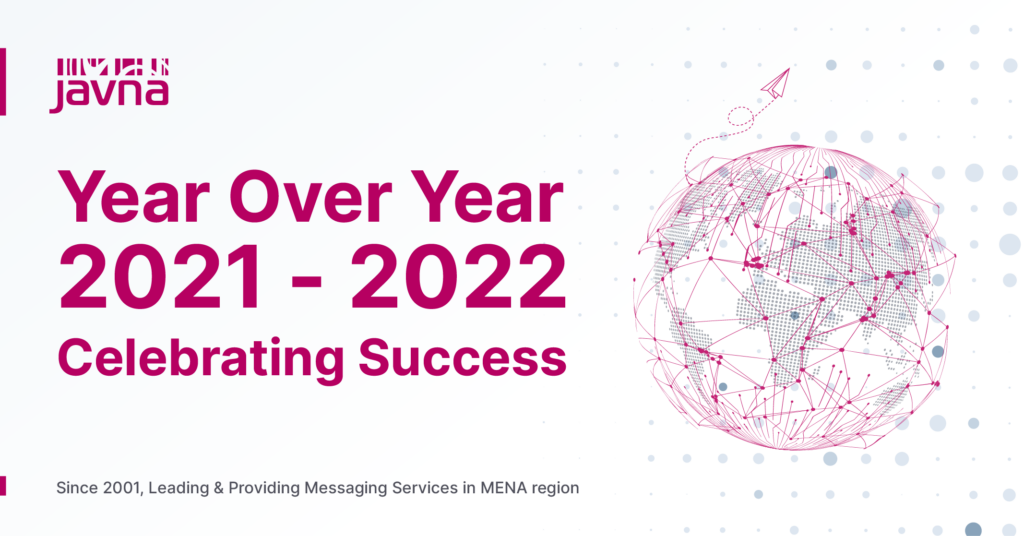Customer engagement platform development is pivotal for modern businesses aiming to foster deep, meaningful connections with their clientele.
This article embarks on a journey to explore how integrating CPaaS (Communications Platform as a Service) technologies can revolutionize these platforms, enhancing the overall customer experience.
You will gain insights into the essential features that define a successful customer engagement platform, alongside best practices for leveraging CPaaS solutions to ensure engagement is not just sustained but continuously optimized.
Through this exploration, businesses can anticipate not only elevated engagement levels but also a significant impact on customer satisfaction and loyalty.
1. Understanding Customer Engagement Platforms
A customer engagement platform is a comprehensive suite of tools and technologies designed to facilitate meaningful interactions between a business and its customers across multiple channels and touchpoints.
Central to its function is the ability to collect and analyze customer data, enabling personalized communication tailored to individual preferences, behaviors, and histories.
This platform serves a crucial role in fostering engagement by ensuring that every customer interaction is relevant, timely, and contextually appropriate, whether it occurs via social media, email, SMS, or live chat.
By integrating various communication channels into a cohesive system, a customer engagement platform empowers businesses to deliver a seamless and unified customer experience, enhancing satisfaction, loyalty, and long-term customer value.
2. Key Features of an Effective Platform
An effective customer engagement platform is distinguished by several key features that are critical to enhancing customer interaction and driving engagement:
-
-
Personalization:
-
Allows for the customization of communications based on individual customer data, ensuring messages are relevant and resonate with the recipient’s preferences and behaviors.
Facilitates a cohesive customer experience across various channels, including email, social media, SMS, and more, enabling customers to seamlessly switch between channels without losing context.
-
-
Analytics:
-
Provides deep insights into customer behaviors and engagement patterns, enabling businesses to make data-driven decisions to optimize strategies and improve customer satisfaction.
-
-
Automation:
-
Employs automated workflows for routine tasks and communications, ensuring timely and consistent interactions while freeing up resources for more complex customer needs.
-
-
Integration Capabilities:
-
Ensures easy integration with existing business systems and databases, such as CRM and ERP systems, to leverage existing customer data and streamline operations across departments.
These features collectively empower businesses to create more engaging, efficient, and personalized customer experiences, crucial for building lasting relationships and driving loyalty.
3. Leveraging CPaaS for Enhanced Engagement
Leveraging CPaaS (Communications Platform as a Service) technologies significantly enhances customer engagement platforms by introducing advanced capabilities for real-time communication and scalability.
CPaaS offers a suite of communication tools that can be seamlessly integrated into existing platforms, enabling businesses to engage with customers more effectively and on their preferred channels.
-
-
Real-time Communication:
-
CPaaS enables instant messaging, voice, and video communication, allowing businesses to interact with customers in real time. This immediacy fosters a sense of connection and responsiveness, crucial for building trust and satisfaction.
-
-
Scalability:
-
With CPaaS, businesses can easily scale their communication capabilities up or down based on current needs, without substantial investment in infrastructure. This flexibility ensures that companies can adapt to growth or changes in demand efficiently, maintaining high levels of customer service.
By incorporating CPaaS technologies, customer engagement platforms can offer more personalized, timely, and scalable interactions, significantly enhancing the overall customer experience.
In a previous article, we explained how to choose the Ideal CPaaS Provider for Your Business Needs.
4. Best Practices in Platform Development
Developing a customer engagement platform that effectively meets business and customer needs involves adhering to best practices centered around user experience, data security, and continuous improvement:
-
-
User Experience:
-
Prioritize intuitive design and ease of use to ensure customers can effortlessly interact with your platform. Tailor the user interface to meet customer preferences and ensure accessibility across devices.
-
-
Data Security:
-
Implement robust data protection measures to safeguard customer information. This includes encryption, secure data storage, and compliance with privacy regulations, building trust and confidence in your platform.
-
-
Continuous Improvement:
-
Adopt an agile approach to platform development, allowing for regular updates and enhancements based on customer feedback and emerging trends. Analyze engagement data to identify areas for optimization and introduce new features that add value to the customer experience.
By focusing on these key areas, businesses can develop a customer engagement platform that not only attracts and retains customers but also fosters a secure and continually evolving environment conducive to engagement.
5. Customer Engagement Platform (CEP) Stats
Customer Engagement Platforms (CEPs) are revolutionizing the way businesses interact with their customers. Here’s a breakdown of key statistics highlighting their impact:
-
Boosting Customer Retention and Loyalty
-
Increased Customer Lifetime Value:
-
A McKinsey report states that companies that excel in customer experience see a 10-20% increase in customer lifetime value. CEPs empower businesses to personalize experiences and drive loyalty, contributing to this growth.
-
Enhancing Customer Journeys
-
Improved Customer Satisfaction:
-
A report by Salesforce reveals that 73% of customers say that customer experience significantly influences their buying decisions. CEPs help businesses tailor interactions and provide a more satisfying customer journey.
-
Additional Considerations
-
Metrics Matter:
-
Businesses utilizing CEPs should track key metrics like customer satisfaction scores, churn rate, and conversion rates to measure success.
-
-
Omnichannel Integration:
-
Effective CEPs integrate seamlessly with various communication channels (email, SMS, social media) for a unified customer experience.
The statistics paint a clear picture: CEPs are powerful tools for businesses to build stronger relationships with their customers.
By fostering personalized engagement, streamlining communication, and delivering exceptional customer experiences, CEPs can help businesses drive retention, growth, and ultimately, success.
6. CEP Use Cases using CPaaS solutions
CPaaS solutions empower industries with dynamic use cases for enhancing customer engagement through specialized platforms. Here’s how various sectors can benefit:
-
-
Hospitality: Enhancing Guest Experiences
-
CPaaS enables instant communication with guests for booking confirmations, check-in instructions, and personalized offers during their stay. This direct line of engagement elevates the guest experience, encouraging repeat visits and positive reviews.
-
-
Retail and E-commerce: Personalizing Shopping Journeys
-
Retailers can use CPaaS to send targeted promotions, order updates, and exclusive invites to special events based on customer preferences and shopping history. This level of personalization enhances the shopping experience, leading to increased customer loyalty and sales.
-
-
Finance and Banking: Securing Customer Transactions
-
In finance, CPaaS facilitates secure, real-time alerts for transactions, account changes, and suspicious activity warnings. This immediate communication layer adds a crucial security feature, building trust and ensuring customers are continually informed about their account status.
By integrating CPaaS solutions through Javna, these industries can develop customer engagement platforms that not only streamline communication but also significantly impact customer satisfaction, security, and personalized service delivery.
7. Conclusion
In conclusion, crafting a customer engagement platform using CPaaS solutions presents a forward-thinking approach for modern businesses seeking to deepen their connection with customers across all touchpoints.
Through the strategic integration of CPaaS, companies can leverage essential features like personalization, omnichannel support, and real-time communication to not only meet but exceed customer expectations.
The implementation of such platforms across various industries highlights their versatility and capability to drive enhanced customer satisfaction and engagement.
As businesses continue to navigate the digital landscape, the adoption of CPaaS-powered customer engagement platforms will remain pivotal in cultivating lasting customer relationships and achieving competitive advantage.



